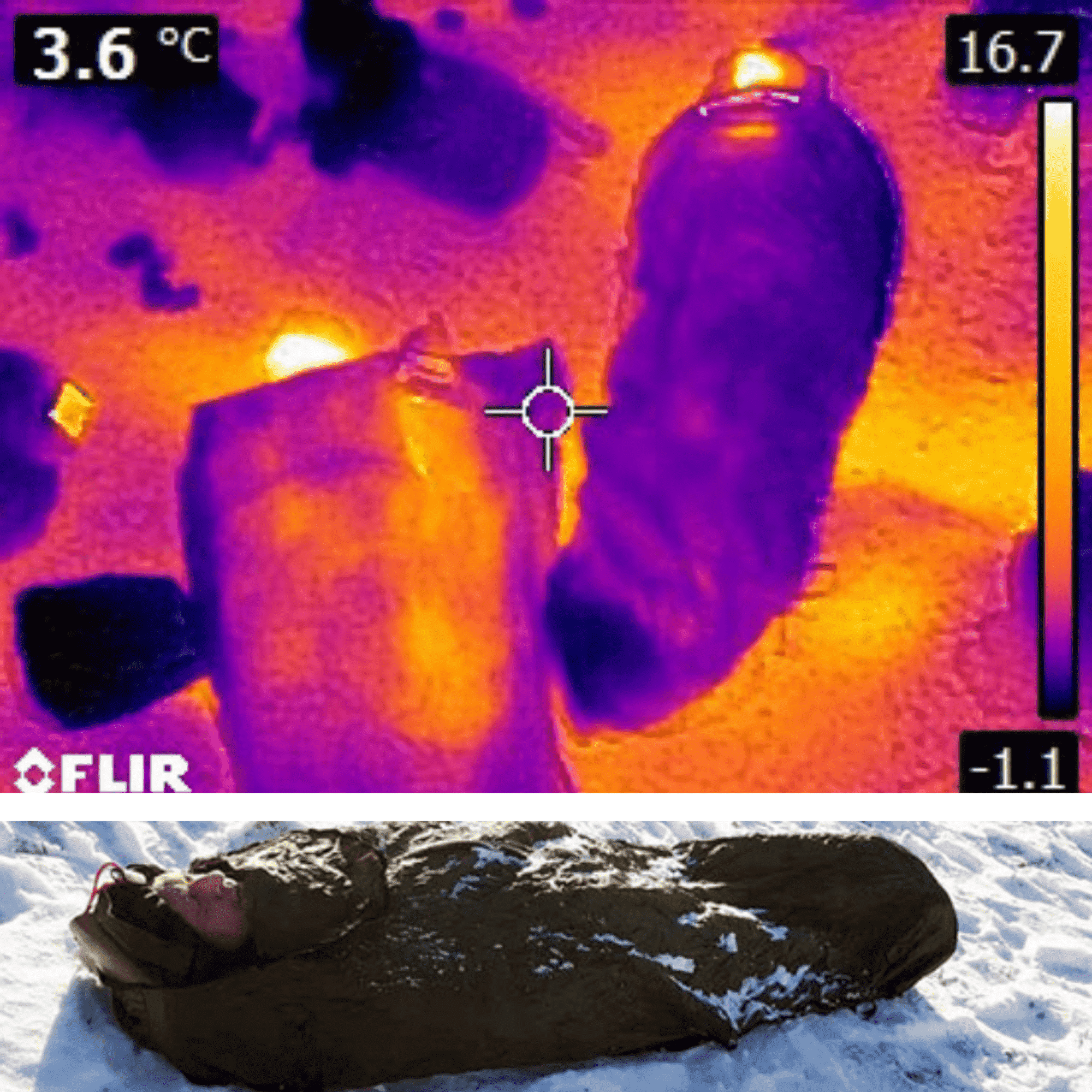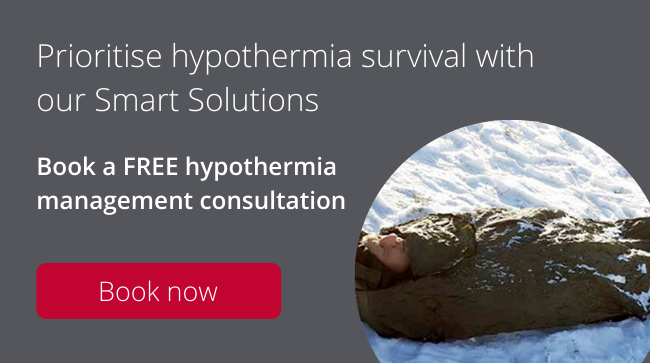
08/05/2023
Managing Hypothermia In Trauma Patients In The Austere Environment
Anyone who has served in the military will tell you that a significant part of their service is spent being cold and often wet! It’s an unfortunate part of the workplace we function in and is often unavoidable. For the non-injured service person, it’s a case of putting up with it and developing personal coping strategies to deal with the misery. However, when seriously injured casualties become hypothermic it can literally be the difference between surviving or not. Managing hypothermia is, therefore, a critical aspect of how we maximise the chances of survival. Our aim is to combat all forms of heat loss and keep our casualties core temperature normal.
Why is combating hypothermia so important in maximising survivability?
Hypothermia is widely recognised alongside acidosis and coagulopathy as a component of ‘the lethal triad’ that results in poor outcomes for trauma patients. The exact mechanisms of the impact of low body temperatures in coagulation is not understood and remains an area for further research. However, current literature suggests hypothermia exacerbates the derangement of clotting pathways. This is especially significant in the context of trauma where 40% of all deaths directly result from haemorrhage. Traditionally, trauma management focuses on the treatment of acute haemorrhage, such as haemostasis through mechanical compression or antifibrinolytic drugs, such as Tranexamic Acid. However, a heightened understanding of the lethal triad promotes the need to clinically address additional factors that result in trauma mortality to significantly improve patient outcomes. Previous research has shown increased survival rates for trauma patients in whom preventative measures were taken prior to the initiation of the downward spiral of coagulopathy and haemorrhage triggered by the lethal triad. The ability to prevent or reverse hypothermia is critical in this area.
How to prevent heat loss in tactical combat casualties
The latest guidance from the Tactical Combat Casualty Care Committee (TCCC) recommends seven rapid actions to mitigate heat loss and stabilise the casualty’s condition prior to medical evacuation:
- Take immediate and aggressive steps to prevent additional body heat loss and add external heat when possible for trauma cases and severely burned casualties.
- Minimise the casualty’s exposure to cold ground, wind, and air temperatures. Place insulation material between the casualty and any cold surface as soon as possible. Keep protective gear on or with the casualty if feasible.
- Replace wet clothing with dry clothing, if possible, and protect the casualty from additional heat loss through blankets and insulative layers.
- Place an active heating blanket on the casualty’s anterior torso and under the arms in the axillae. (To prevent burns, do not place an active heating source directly on the skin or wrap around the torso).
- Enclose the casualty in an exterior impermeable enclosure bag.
- As soon as possible, upgrade a hypothermia enclosure system to a well-insulated enclosure system using a hooded sleeping bag or other readily available insulation inside the enclosure bag/external vapour-barrier shell.
- Protect the casualty from exposure to wind and precipitation on any evacuation platform.
The Xtract™SR Heatsaver from TSG Associates LLP
Our Xtract SR Heatsaver system was specifically designed to prevent heat loss and aid recovery in tactical casualties occurring in austere environments. The system combats all forms of heat loss and is compliant to all the passive insulation requirements of the latest TCCC guidance.
To find out more, or to discuss your requirements in person, please get in touch with one of our experienced technical sales team today.












